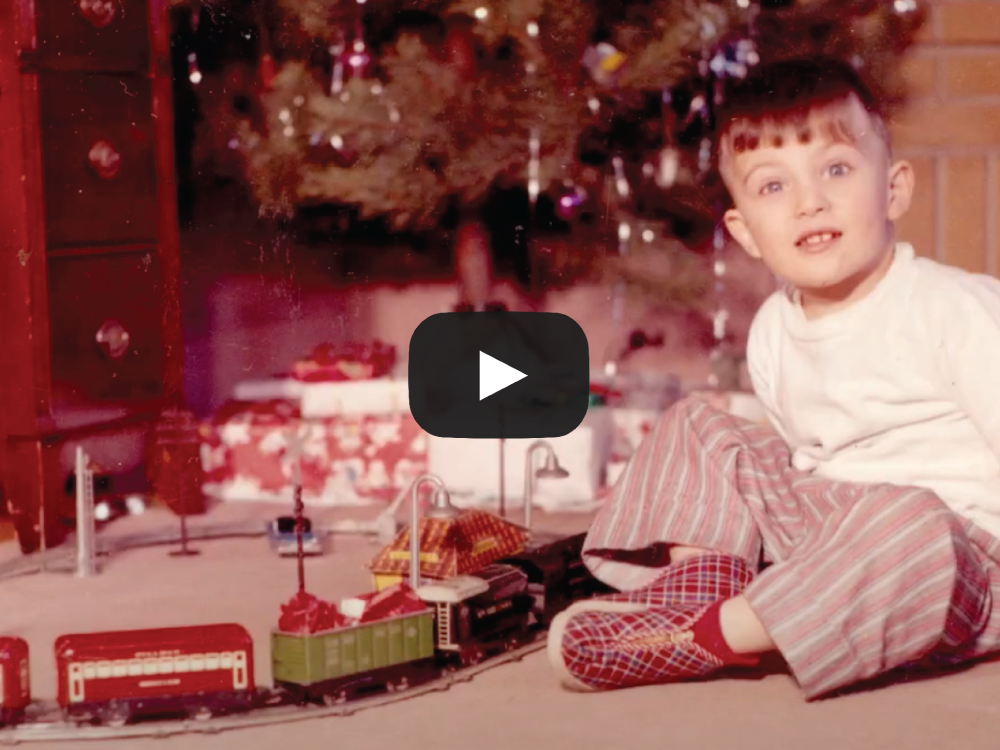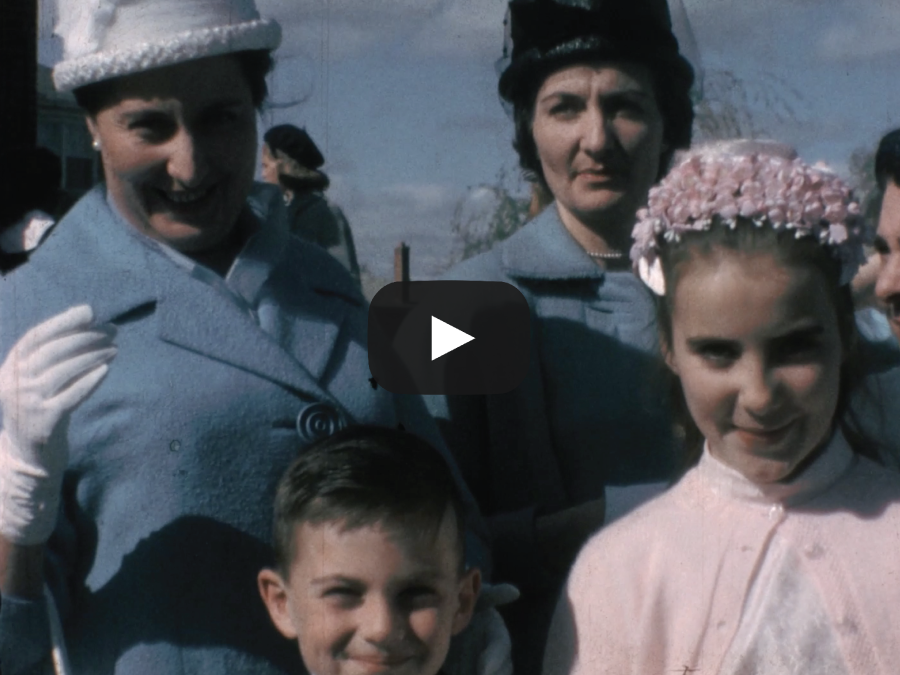Why this film and why now? Paul’s Christmas 1946 was one of my dad Ross Brioux’s 16mm films I could have transferred and edited anytime. Almost everyone featured in this eight-minute story has passed on. That even includes the young four- or five-year-old who is the main focus – Paul Morin. He died, tragically, in 1979 after being struck by a car crossing a street in Daytona, Florida.
The reason Paul was down in the States, somewhat ironically, was because he was scheduled to drive in the upcoming Daytona 500 stock car race.
Paul’s parents, my aunt Virginia and uncle Rudy, both passed away in the early ‘70s. Both died of lung cancer. She never smoked, and he never stopped. All three members of one family gone too soon.
They all lived in my grandfather’s house in The Kingsway section of the Toronto suburb of Etobicoke. William Louis Brioux, who lost his wife Ada just four years earlier in another car accident, also appears in the film, as does my cousin Norm “Buster” Brioux, then 18 and about to launch his own racing career. Norm is seen taking young Paul, along with – we think – Norm’s younger sister and my cousin Charmaine, tobogganing in High Park.
If you don’t know or are not related to any of these people, however, don’t worry. This film is for you, because it is really more about post-war Toronto, and it is also really more about the magic of Christmas.
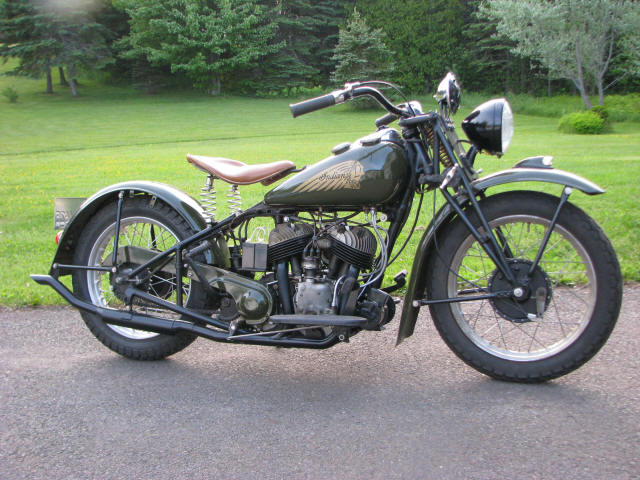
Here are the other reasons why I felt compelled to complete this film now: the original 16mm materials are remarkably well-preserved. The colour, in particular, is dazzling. They simply used better chemicals to cure home movie film in 1946.
Also, it is one of the few films where dad told a complete story, from beginning to middle to end. It starts off with young Paul writing a letter to Santa, then being pulled in a sleigh by his dad Rudy, then mailing in in a local post box. Later he’s taken to Eaton’s to see Santa (who has already left for the North Pole). He’s seen hanging his stocking and waking the next morning to a wonderful surprise under the tree.
Model train enthusiasts take note: that’s a Marx Toys tin railway station that the HO model train whizzes past several times in the film.
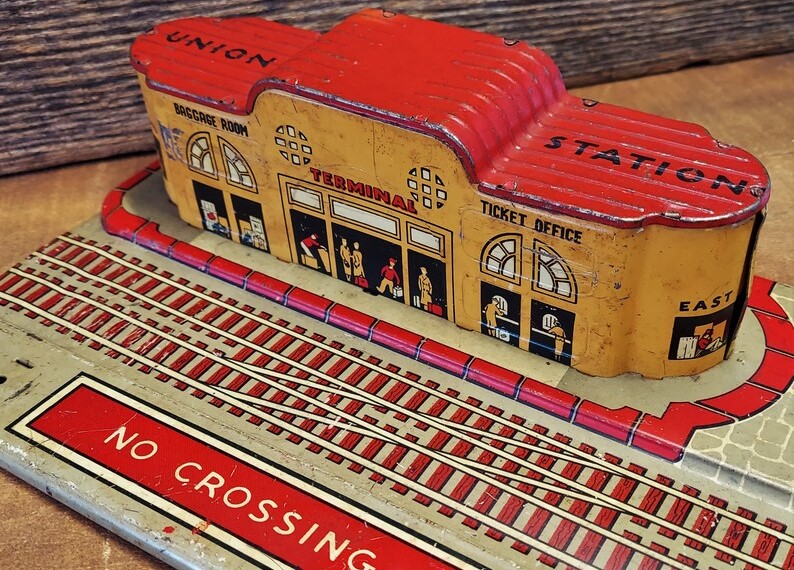
Viewers interested in the history of Toronto will see over a minute of footage of the Eaton’s Santa Claus parade as it travels down University Avenue, heading south past Dundas Street. The original MacLean-Hunter Building — now being incorporated in a modern condo project — can be seen in the background. Several floats are featured, including Mother Goose as well as Santa and his reindeers at the end.
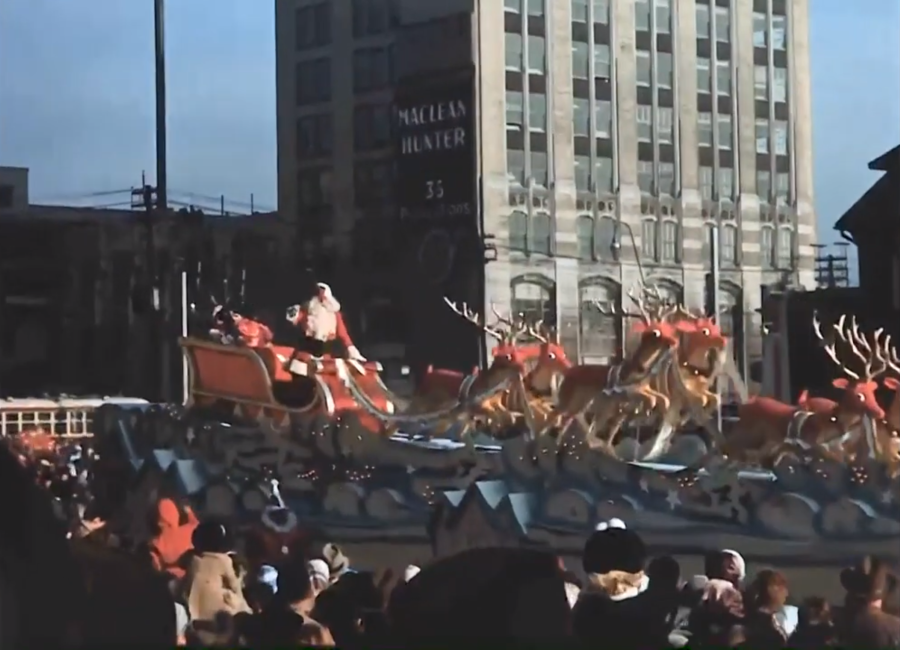
Thanks to a few royalty-free music sites, I was able to find some great background sounds to work with the filmed images. Paul’s Christmas starts with a tune called “Hungaria” by Latché Swing. To me, the song has a rather jaunty, ’40s vibe. The one holiday themed pick, “Christmas Village,” is by Aaron Kenny. It seemed to go well with the wintery tobogganing scenes in High Park. The film ends with “Central Park” by Quincas Moreira, which swells and soars and then grows silent in all the right spots. I’m indebted to these talented artists for their music.
Special thanks to the many who contributed, so many years ago now, to the Ross Brioux Centennial Kickstarter Fund, which covered the cost of doing proper wet-gate transfers of the original 16mm images. Digital Treasures at the foot of Etobicoke is where that magic happens.

This would have been my dad’s first Christmas at home after his service in the Canadian Army during World War II. His sister Virginia provided the perfect subject for his first 16mm film shoot since the war – young Paul. By the next Christmas, my dad had met and married my mom Margaret and eventually they’d have their own tot to – literally – focus upon.
My dad passed away at 97 early in 2013. He never lost his curiosity about modern technological advances, and I think he would have been fascinated to see the film he shot come together with music, editing, titles, fades and dissolves and even a snow effect or two. Or maybe this is how he always saw it and heard it, in his mind’s eye. The extraordinary gift for me was being able to work on it with him, ten years after his passing.
Got eight minutes and four seconds? To watch Paul’s Christmas 1946 now, follow this link.


